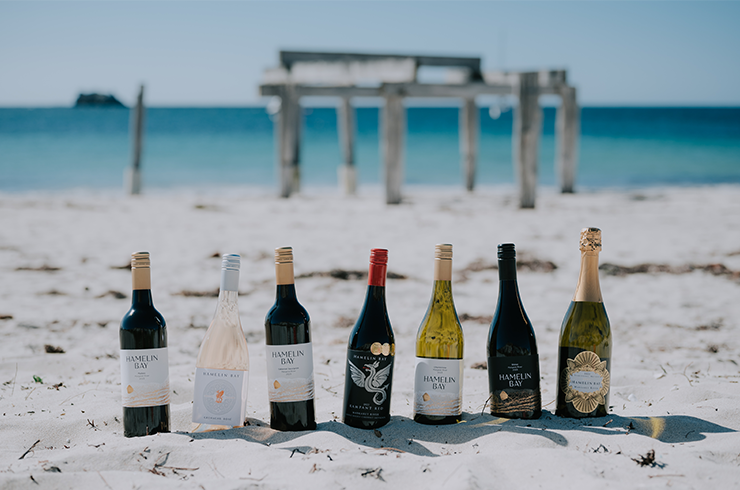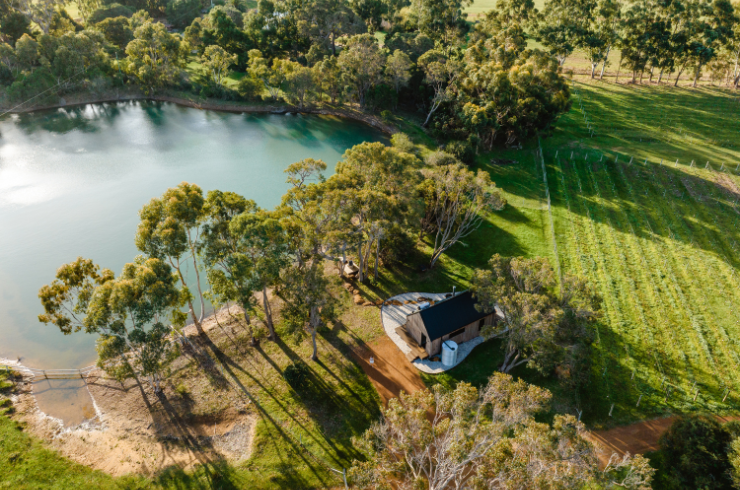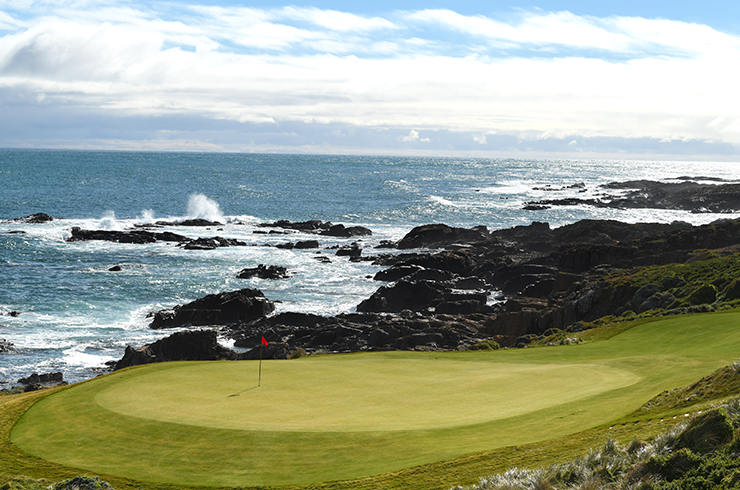Irrespective of socio-political and economic conditions, Spain boasts an effusive optimism that is manifest across a diverse regional tapestry of wine styles.
As with certain Australian regions, some Spanish zones kowtowed to a monochromatic edict of ‘bigger is better’ throughout the late 1990s to mid-2000s. Today, however, wines that caress rather than bludgeon are claiming their righteous mantle as the country’s representatives of a more poised, detailed and drinkable vanguard. Most of these regions and their wines were there all along. Few ventured to find them. Ahead is an introduction to some of the best that Spain has to offer.
Canary Islands
The Canary Islands deliver a slew of evanescent, peppery reds and forceful whites. The wines are reliant on a potpourri of intriguing grape varieties, the highest elevated vineyards in Europe (yes, you heard it right), and a mishmash of mesoclimates boasting braided vines wound into spools to protect them from the elements. Listan negro (the golden child), listan blanco (aka palomino) and listan prieto (also called mission or pais) are but the jelly on a dense, layered trifle of other options in what may be the most intriguing vineyard scape on the planet.
Try: As a one-stop insight into the region, get your hands on some of the wines from Evinante.
Galicia
If any region were to be singled out as the most exciting in vinous terms, it is surely Galicia. The sub-zone of Rias Baixas first drew attention to the area in the 1990s, with a slew of well-priced whites made from albarino. Today, however, this verdant sliver of mountains and maritime seascapes brings goosebumps at the mention of other Denominaciones de Origen (DO) – in particular, Ribeira Sacra and Valdeorras make me salivate. The steep, terraced vineyards are breathtaking, and the wines they yield are stony, peppery and energetic. In Ribeira Sacra, the red mencia grape produces wines of iodine, smoked meat and violet notes, often akin to a conflation of the best characteristics of northern Rhone syrah and Loire cabernet franc, providing everything from lighter, herbal styles to juicy mid-weight expressions.
Try: Wines from Guimaro, Valdesil, Raul Perez, and the polished and delicious Dominio do Bibei.
Sierra de Gredos
Nestled into the mountains of the eponymous national park, the Gredos is lofted above the parched nothingness of La Mancha, belying its reputation among Spain’s most exciting wine regions. Drawing on the effects of altitude across a polyglot of sand, schist and granitic vineyards to around 1000 metres, deep reservoirs of mostly old vine garnacha deliver wines of riveting transparency, encapsulating the cliche of ‘pinotesque’ grenache like no others. The best examples service a skein of peppery acidity spooled across spindly tannins and bright, crunchy red fruits.
Try: The producers to seek out are numerous, but include Ruben Diaz, Rubor Viticultores, Maestro Tejero, and Commando G.
Jumilla
While this stark region, punctuated with scrub and jagged, rocky outcrops, boasts little fine wine history, it is a source of richly endowed styles that manage to deliver an uncanny freshness in the right hands. The best examples are hewn of old vine monastrell (aka mourvedre or mataro, as we tend to call this variety in Australia), delivering visceral impact, ample complexity and superb value, conferring the sort of satisfaction I don’t often see in Australian wine at similar pricing. Jumilla, its neighbouring Yecla and, to a lesser extent, La Mancha serve as Spain’s furnace of value. There are few – if any – regions in the world that can compete at this pricing tier.
Try: For proof of the exceptional value of monastrell from Jumilla, look to Casa Castillo.



